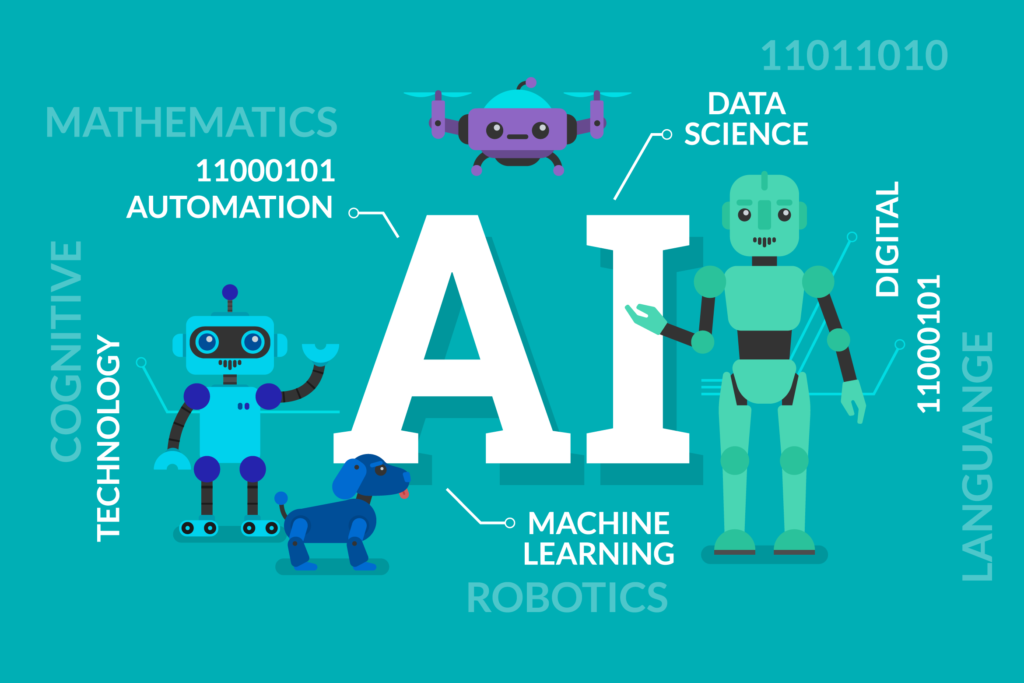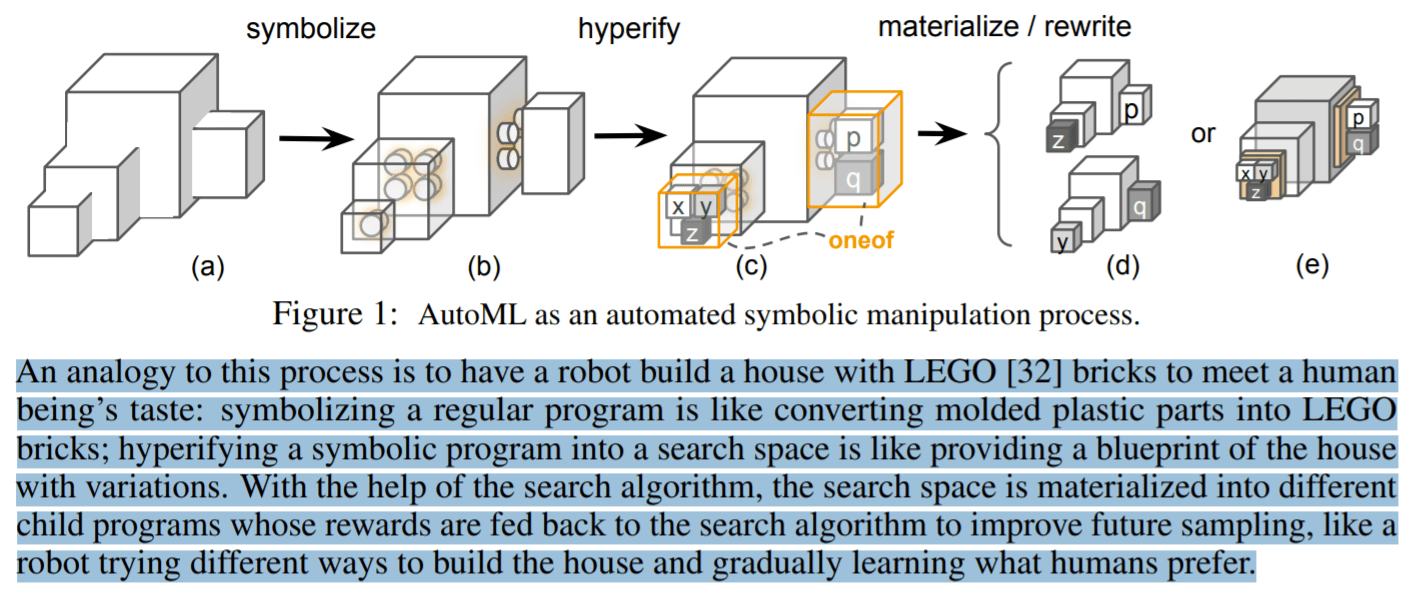- U.S.A. : 1 (470) 655-6318
- Brasil : (+55) 11-97506-0418
- Artificial Intelligence
- Sep 01
Artificial Intelligence Dominates More Customer Interactions, But Lacks ‘Wow’ Factor

Original article: https://www.forbes.com/sites/joemckendrick/2020/08/31/artificial-intelligence-dominates-more-customer-interactions-but-lacks-wow-factor/#2101a7416a3b
Artificial Intelligence Dominates More Customer Interactions, But Lacks ‘Wow’ Factor
Let me get this off my chest: I hate chatbots. It’s nice you can call anytime and get a consistent experience, but I often find myself repeating requests to oblivious systems, or having to bark specifications into a phone while in public settings where simpler, and quieter, push-button commands (press “1” for this, press “2” for that) were so much easier. Is AI making a difference in delivering a more satisfying customer experience?
So, within this limited view, artificial intelligence can add some annoyance to the customer experience. People are somewhat less satisfied these days with their AI experiences. But overall, there are a lot of advantages to be delivered, according to a recent survey of more than 5,000 customers across the globe, along with 1,000 enterprise executives, conducted by Capgemini Research Institute. The report’s authors, led by Stephane Girard of Capgemini, urge the development of highly humanized, “context-aware” AI use cases, which “customers find more personalized, empowering, and effortless.”
Already, there are many situations in which AI is front and center in the customer experience. For example, “automotive dealerships and OEMs have moved to digitize showrooms – offering a fully digital customer experience powered by augmented reality and AI.” Many of us (including myself) benefit from the Google Translate engine, which can cross-translate more than 100 languages, “with accuracy of translation improving remarkably across all languages in the last four years.”Recommended For You
More than half, 53%, of organizations are deploying AI in physical places such as stores, branches or customer service centers followed by 45% who are deploying AI at contact centers to enhance customer service.
The survey also builds on a previous work from 2018, and finds more than half of customers (54%) use AI daily, up from 21% two years ago. In addition, there’s fallout from the Covid crisis — more than three-quarters (77%) expect to increase the use of touchless interfaces – such as voice assistants and facial recognition – to avoid direct interactions with humans or touchscreens. The touchless aspect will outlive Covid: 62% will continue to do so after the crisis has passed.
Executives in the survey indicate they are stepping up AI deployments and look to transform the customer experience with AI. “Two to three years ago, most organizations (93%) had less than 30% of interactions AI-enabled,” Girard and his co-authors point out. That number dropped to 10% of organizations, while 80% say a substantial portion of their customer engagements — 30% to 50% — are AI enabled. Likely, in two to three years’ time, 80% expect to have more than half of their interactions enabled by AI.
In other words, AI-driven customer experiences are here to stay. This is against a backdrop of falling customer satisfaction levels with AI, which have fallen since 2018. Overall, 57% of customers are satisfied with AI interactions, compared to the more than two-thirds (69%) who were satisfied in 2018.
Still, customers are happy to see more AI when they engage with companies. Close to half (45%) of customers prefer voice interfaces when engaging with organizations followed by 30% who prefer chat interfaces and 15% who prefer AI systems built in websites/apps.
Two years ago, 25% wanted to see AI play an exclusive role in researching and browsing — a number that is up to 41% this year. While 14% preferred AI-only interactions for making purchases, this grew to 26% in this year’s survey. People still want a live human when it comes to making complaints, however. After-sales support is still a laggard, rising from 11% to only 14%.
Girard cited key factors driving AI adoption in the customer experience:
- Contactless transactions. “As a result of Covid-19, customers are increasingly looking for digital, no-touch connections with organizations, given the constraints and concerns about physical interactions in a new-normal, socially distanced world.”
- Customers’ trust in AI is on the rise. Customer trust with AI engagements has increased since 2018, the survey shows. Close to half of customers (46%) find AI-enabled interactions to be trustworthy – compared to 30% in 2018.
- Customers finding AI-enabled interactions to be more human-like. The 2018 research found that customers want AI to display human-like capabilities – such as such as human-like voice or personality or understanding. Overall, 64% of customers believe that their AI interactions are more human-like (compared to 48% in 2018. Organizations have been consciously trying to build in human-like features in AI applications: 72% of organizations agreed that they are actively trying to make their AI interactions more human-like — compared to less than half in 2018.
There is still something missing from the AI-driven customer experience, however — the “wow” factor. “A significant number of people are unimpressed with the value they receive, with close to half (45%) feeling value is below what they had expected and 42% only marginally pleased. Only 13% of customers said AI interactions offered much more value than what they expected.
The way to address this is to maximize context understanding, Girard states. “This means understanding if AI engagements help solve customer pain points.” The Capgemini researchers also urge reimagining customer understanding with AI. “A digital-first and standardized customer interaction process with avenues for implementing AI — personalization, recommendations, voice-based interaction among others. This serves as the foundation to reimagine the process with AI, rather than just bolting on AI.”
Related Posts

How AI Can Transform Contact Centers’ Unstructured Content
Original article available here. How AI Can Transform Contact Centers’ Unstructured Content If your organization is drowning in unstructured content, it’s not alone. IDC predicts 80% or more of global content and data will be unstructured by…
- Mar 18

Google Brain Introduces Symbolic Programming + PyGlove Library to Reformulate AutoML
A recent study by the Google Brain Team proposes a new way of programming automated machine learning (AutoML) based on symbolic programming. Original article available here. A recent study by the Google Brain Team proposes a…
- Feb 05
Search
Recent Posts
- How AI Can Transform Contact Centers’ Unstructured Content
- Google Brain Introduces Symbolic Programming + PyGlove Library to Reformulate AutoML
- How Call Centers Can Thrive by Successfully Managing the Unexpected with AI
- 10 Unique Use Cases for Speech Analytics
- How AWS is staking its claim on tomorrow’s contact centers
Recent Comments
Archives
Categories
Subscribe to Our Blog
I want the latest update in...
Latest Post
How AI Can Transform Contact Centers’ Unstructured Content
- March 18, 2021
- [rt_reading_time postfix="mins read" postfix_singular="min read"]
Google Brain Introduces Symbolic Programming + PyGlove Library to Reformulate AutoML
- February 5, 2021
- [rt_reading_time postfix="mins read" postfix_singular="min read"]
How Call Centers Can Thrive by Successfully Managing the Unexpected with AI
- January 8, 2021
- [rt_reading_time postfix="mins read" postfix_singular="min read"]
10 Unique Use Cases for Speech Analytics
- December 14, 2020
- [rt_reading_time postfix="mins read" postfix_singular="min read"]




